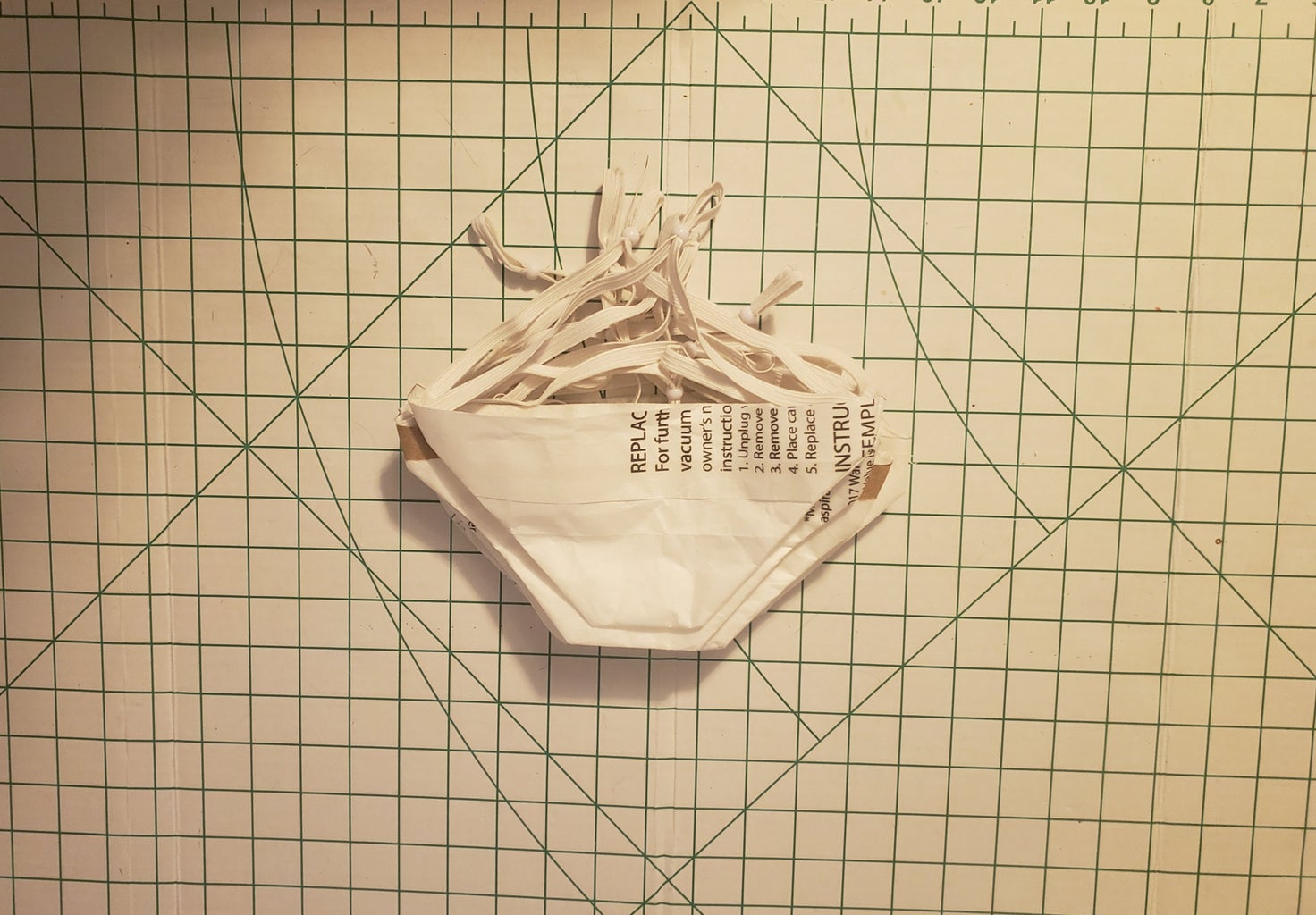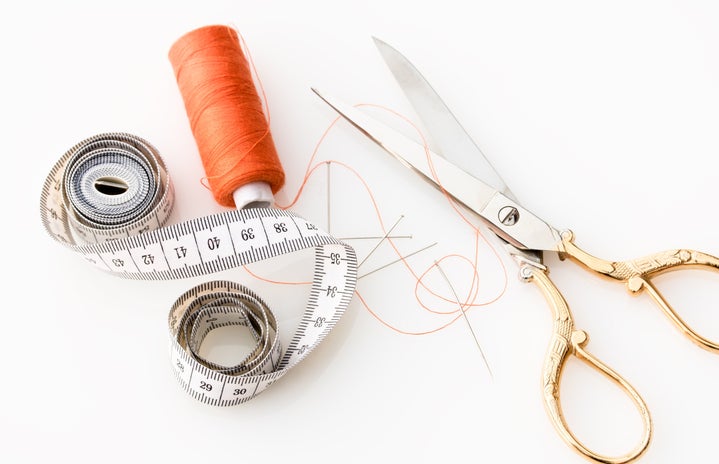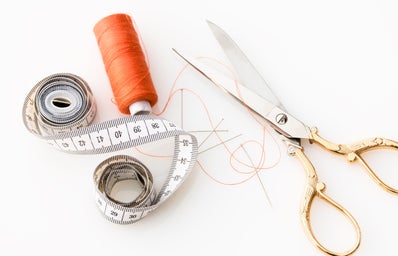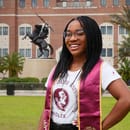It’s easy to feel useless during times like this. I often find myself thinking, “There’s a pandemic going on and I’m just looking for my next Netflix binge?” I found myself gravitating towards a local church in the community, scrolling their Facebook page until I found something promising— a disaster response group. And within that? News about a “Facemask Brigade for Lake County COVID-19,” whose purpose was to sew “face masks for our local Emergency Operations Center to get to people in and out of the community who need them but are faced with dwindling supplies of commercial masks.”
This was perfect! Not only did I know how to sew (I have a growing collection of custom Disney ears) but I knew someone who works in the health field and would love to sew masks and give back— my mother.
Upon bringing the group up to my mother, she was immediately onboard and we looked to learn more about the process. Group participation is not just limited to those who can physically sew masks, but anyone willing to lend a helping hand. Duties include, but are not limited to: getting materials, cutting fabric, cutting wire, cutting elastic, organization, distribution and the most time-demanding portion, the physical sewing of masks

Almost all of the 63 Brigade group members are mothers; though, I wouldn’t be surprised if some were also grandmothers. While the group’s main purpose is the creation of masks, there is also a support system at work. There are women like my mother who are making masks not just for the community, but for their families; women who are struggling to balance daily tasks like cooking and cleaning on top of their duties; and women who are sharing messages of faith in the middle of it all.
These moms are also getting the whole family involved, making the sewing a family event with all-hands-on-deck. Dads are helping with measurements and transporting materials to-and-from, sons and daughters alike are learning to sew for the very first time, and I myself have learned a mask-sewing hack or two (like how ACE bandages are a good replacement for elastic or how many vacuum bag filters are built to block out viruses).
After masks are sewn and ready-to-go, they get delivered to a Hope Center that the church runs. From there, LASER (Lake Support and Emergency Recovery) takes over. The purpose of LASER is to strengthen “Lake County’s recovery from any disaster through a coordinated community-wide approach.” LASER is in charge of the disinfection and sanitization of the masks and the final delivery of those masks.
Since I’ve only helped out my mother a few times, I went to her to ask how this experience has been for her. The hardest part? “Time. The masks themselves are easy enough to make, and I add pockets for a possible filter, but time.” The most rewarding part? “I’m just trying to do [my] part in society and helping healthcare works and the essential service.”
The mask-making brigade women of Lake County certainly doesn’t seem to be stopping anytime soon. I know not everyone can sew masks – I know I barely can – so if you’re looking for more ways to help, I would check out this article by the Washington Post. Stay safe.
Want to see more HCFSU? Be sure to like us on Facebook and follow us on Instagram, Twitter and Pinterest!



